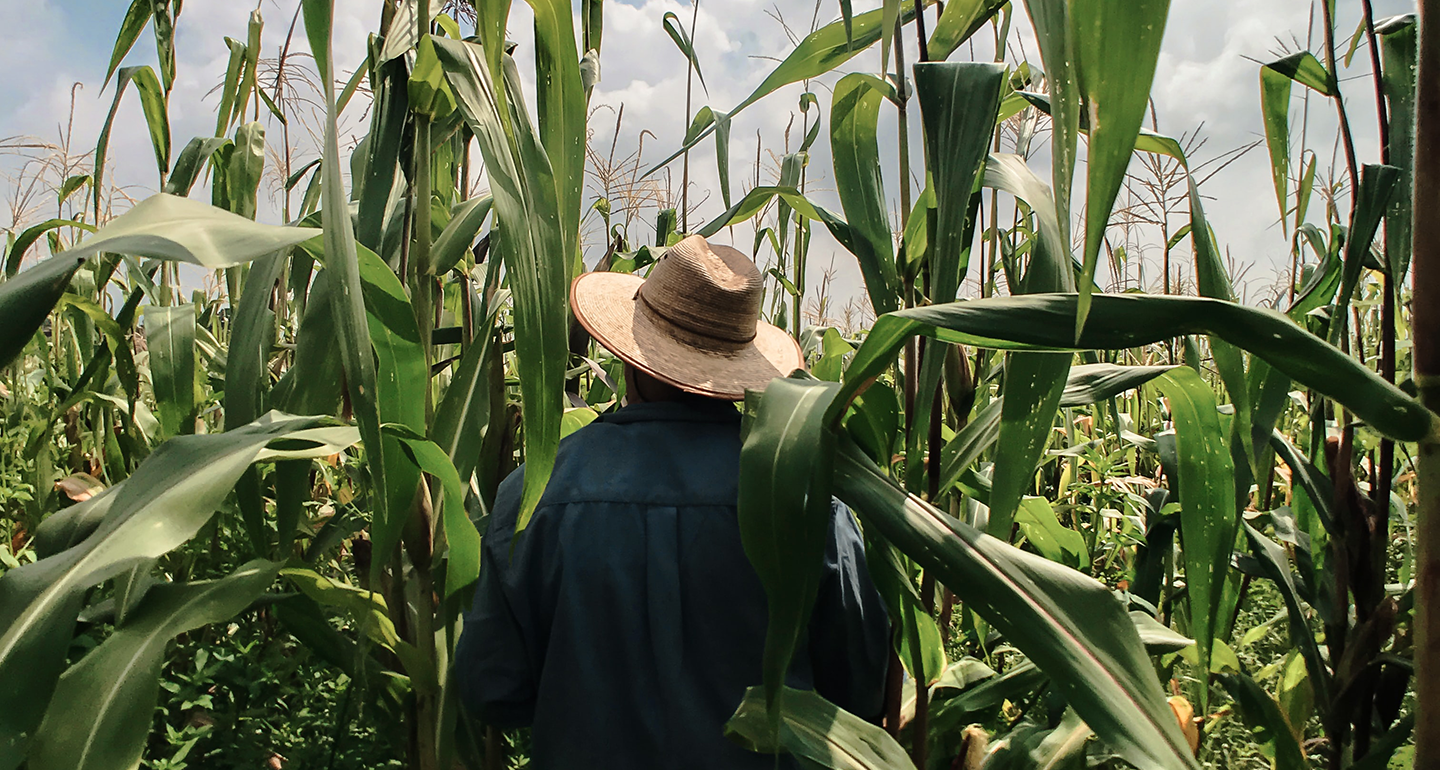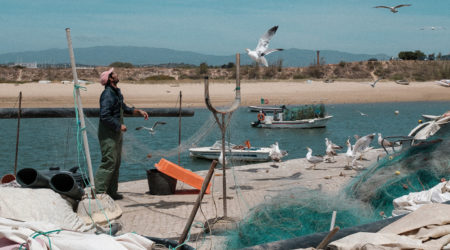Cross-Cutting Themes for the Emergence of the DF4CR Ecosystem

By 2030, the DF4CR task force estimates that over 1 billion people can gain access to climate resilience solutions through digital finance, and that over $25B in capital can be flowing into this emerging ecosystem. Through our consultative process of developing the DF4CR Framework for Action, and through looking at the evolution of similar ecosystems, it’s become clear that the number of people reached and capital flows aren’t the only elements of a healthy and impactful ecosystem. Building on our insights from conversations with over 50 contributing organizations, we identified seven cross-cutting themes for all actor groups to keep front-of-mind as DF4CR emerges.
1. Keep inclusivity, equity, gender, and justice as core to DF4CR solutions, insights, and practices.
Women, youth, elderly, people with all types of disabilities, and other underserved populations are impacted differently, and in many cases disproportionately, by climate change. Innovations and catalytic investments should specifically consider the different needs of these populations, and should actively focus on the communication and outreach channels appropriate to reach these populations. Closing the digital divide and access gap to basic technology and infrastructure already faced by these populations will be a prerequisite to equitably expand access to DF4CR solutions. To this end, innovators, funders, and investors should seek to build on WRI’s Principles for Locally Led Adaptation.
2. Actively build bridges between the climate and digital finance worlds.
There are tremendous efforts underway within climate innovation and digital financial inclusion – but today, they really are two separate “worlds”. Innovation, capital, talent, metrics, measurement frameworks, and insights can accelerate progress on both sides, as well as at the DF4CR nexus. Actors from the climate and digital finance sides should actively seek to learn and engage with those from the other – enablers, funders, investors, innovators, and policy makers – looking for areas to collaborate. The nexus between climate and digital finance should prioritize the highest and most immediate use-cases to build excitement and interest at the opportunity to co-create.
3. Create and share datasets, within the bounds of consumer protection, and seek to create and use common metrics.
More data of all types will be required to better understand the risks and opportunities associated with the changing climate, and to build better products to serve climate vulnerable populations, including climate and weather data, customer behavior and KYC, and market and price data. All actors will be needed to intentionally capture and share data across the DF4CR ecosystem, and should commit to disaggregating data based on important demographic factors like gender. We should seek to enable public data sharing using resources such as satellite imagery, rainfall and other indices.
However, all data sharing should be done within the bounds of consumer protection, and together we should seek to create and abide by robust consumer protection measures.
A key barrier across nearly all actors was the lack of common metrics to measure resilience, a common measurement framework, and definitions for basic terminology. Many organizations are on the path to better understanding how to measure resilience, and communities of practice should be created to collaborate and build on existing efforts.
4. Focus on depth and impact of DF4CR products and services, not only access.
Metrics and conceptual frameworks should be designed and employed from the beginning of the DF4CR ecosystem for a wide range of impacts, in addition to reaching scale of access. The evolution of financial inclusion metrics and measurement illustrate this lessons as learned by the financial inclusion community — the number of users with *access* to bank accounts or mobile money does not guarantee *use* and impact on quality of life. Over time, metrics that better approximate the value and impact of financial services on end customers have been developed. These metric frameworks can be employed by DF4CR from the beginning to ensure vulnerable populations not only access DF4CR solutions, but also afford them, and use them appropriately.
The DF4CR community should look to leverage emerging industry standards initiatives such as the Impact Management Project, as well as ensuring a forum for crowd-sourcing of emerging best-practice impact measurement approaches, tools, and methodologies as the DF4CR space evolves and matures.
5. Public-private partnerships provide an opportunity for scale of impact and commercial viability.
From other similar ecosystems, we have seen that public-private partnerships (PPPs) can be catalytic for the sector by attracting interest from catalytic funders and investors, as well as providing rapid scale and derisking innovation. Governments should see themselves as potential customers for innovators, while catalytic funders, enablers, and investors should seek to broker and fund these partnerships. Catalytic funders and enablers are critical in completing action research to build the proof points that the public sector needs to take on innovative products. PPPs offer an opportunity to quickly build large-scale resilience, and should be designed and experimented early and often.
6. Patient and innovative financial instruments are needed from the beginning, and can be co-created across actor groups.
A key barrier noted for emerging DF4CR innovators is the lack of patient and appropriate capital structures necessary for the variety of markets, business models, and end users that will need access to DF4CR solutions. Scalable, patient, and flexible financial mechanisms across the full continuum of public, private, and blended capital providers will be needed for the emergence and scale of promising business models and technologies. Capital in all forms, including grants, debt, guarantees, angel, crowdfunding, venture, convertible debt, quasi-equity, and equity capital will be needed to reach the $25B in average annual capital flows over the period estimated by the DF4CR task force by 2030.
7. Mitigation and resilience are becoming increasingly inseparable.
We intentionally named this emerging ecosystem “digital finance for climate resilience”, and intentionally focused on the physical impacts of climate change, to draw attention to climate resilience, which currently faces massive underfunding compared to mitigation and the estimated need. However, as resilience gains momentum and attention, building walls between resilience and mitigation will only hinder efforts for both sides. We should seek to develop new models for measuring and monetizing the carbon sequestration benefits of climate resilience efforts, in particular improved farming and fishing practices and technologies. In addition, we should support the integration of resilience outcomes and metrics into the investing, funding, and innovating of low carbon solutions.


